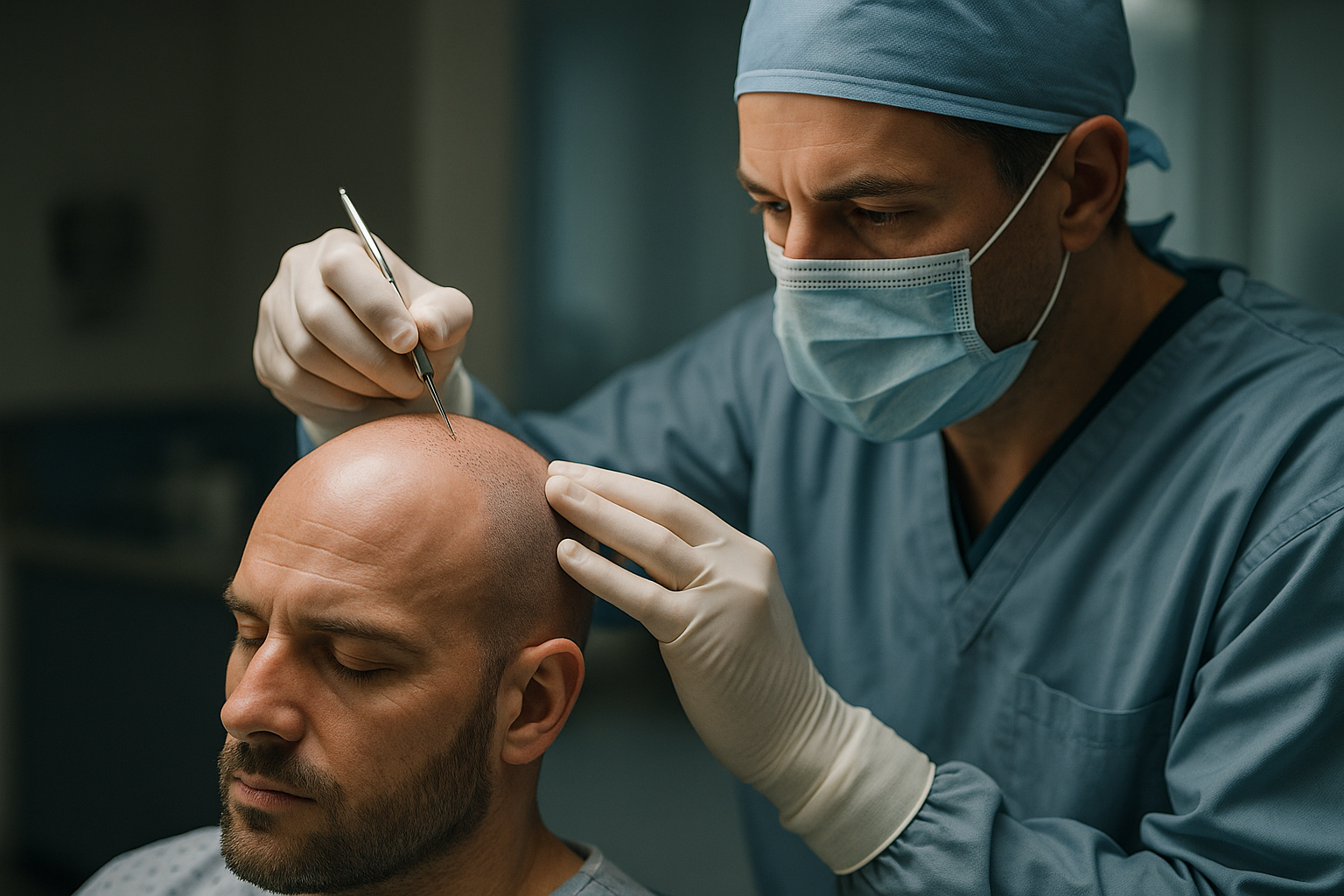Transform Your Nose with Rhinoplasty Surgery in the US
Transform your nose with rhinoplasty surgery in the US through medically supervised procedures focused on structure function and appearance. This process can involve adjustments to nasal shape breathing support and proportional refinement depending on individual evaluation and goals.

Learn About Functional and Aesthetic Rhinoplasty
Rhinoplasty encompasses two primary categories that often work together to achieve optimal results. Functional rhinoplasty focuses on correcting structural issues that impair breathing, such as deviated septums, enlarged turbinates, or collapsed nasal valves. These medical conditions can significantly impact quality of life, causing chronic congestion, snoring, and sleep disruption.
Aesthetic rhinoplasty addresses cosmetic concerns including nasal humps, wide or narrow nostrils, drooping tips, or asymmetrical proportions. Many patients benefit from combining both approaches in a single procedure, allowing surgeons to improve breathing function while creating harmonious facial proportions. This dual approach ensures that structural corrections don’t compromise appearance, while cosmetic enhancements maintain proper nasal function.
Explore Nasal Structure Refinement Options
Modern rhinoplasty offers numerous refinement techniques tailored to individual anatomy and desired outcomes. Surgeons can reshape the nasal bridge by reducing prominent humps or building up flat profiles using cartilage grafts. Tip refinement involves adjusting projection, rotation, and definition through precise cartilage manipulation or removal.
Nostril reshaping addresses width, flaring, or asymmetry through strategic tissue removal and repositioning. Nasal base modifications can narrow or widen the overall foundation, while alar rim adjustments create more balanced nostril shapes. Advanced techniques include spreader grafts for internal valve support, tip grafts for enhanced definition, and composite grafts for complex reconstructions requiring both cartilage and soft tissue.
Understand Different Surgical Approaches
Rhinoplasty procedures utilize two main surgical approaches, each offering distinct advantages depending on case complexity and patient needs. The closed approach involves incisions made entirely inside the nostrils, leaving no visible external scarring. This technique works well for straightforward cases requiring minimal tip work or bridge modifications.
The open approach includes a small incision across the columella, the tissue between nostrils, providing surgeons with enhanced visualization and precision. This method proves particularly beneficial for complex revisions, significant tip reshaping, or structural reconstructions requiring detailed work. Recovery timelines and swelling patterns vary between approaches, with closed techniques typically involving less initial swelling but potentially limiting surgical precision for complex cases.
Consult With Board Certified Specialists
Selecting a qualified surgeon represents the most critical decision in the rhinoplasty journey. Board certification through the American Board of Plastic Surgery or American Board of Facial Plastic and Reconstructive Surgery ensures surgeons have completed rigorous training and maintain continuing education requirements. These specialists possess extensive experience in nasal anatomy, surgical techniques, and complication management.
During consultations, qualified surgeons evaluate facial proportions, nasal structure, skin thickness, and breathing function through comprehensive examinations. They utilize computer imaging to demonstrate potential outcomes while discussing realistic expectations, surgical risks, and recovery requirements. Multiple consultations allow patients to compare approaches, assess surgeon experience, and determine the best fit for their specific needs and comfort level.
Discover Methods Used in Nasal Reshaping
Contemporary rhinoplasty employs various sophisticated techniques to achieve natural-looking results while preserving nasal function. Cartilage preservation methods maintain structural integrity by reshaping rather than removing excess tissue. Piezoelectric devices enable precise bone sculpting with minimal soft tissue trauma, reducing bruising and swelling.
Ultrasonic rhinoplasty utilizes sound waves for gentle bone and cartilage modification, offering enhanced control and faster healing. Injection rhinoplasty provides non-surgical alternatives for minor adjustments using dermal fillers, though results remain temporary. Advanced suturing techniques create lasting shape changes without permanent implants, while computer-assisted planning ensures precise measurements and predictable outcomes.
| Provider Type | Average Cost Range | Key Considerations |
|---|---|---|
| Board Certified Plastic Surgeon | $8,000 - $15,000 | Comprehensive training, hospital privileges |
| Facial Plastic Surgeon | $7,500 - $12,000 | ENT background, nasal specialty focus |
| Cosmetic Surgeon | $5,000 - $10,000 | Variable training, research credentials thoroughly |
Prices, rates, or cost estimates mentioned in this article are based on the latest available information but may change over time. Independent research is advised before making financial decisions.
Recovery and Long-term Results
Rhinoplasty recovery involves a carefully structured healing process with specific timelines and expectations. Initial swelling and bruising typically peak within the first week, with most patients returning to work after 7-10 days. External splints are usually removed after one week, though internal healing continues for several months.
Final results become apparent gradually, with 80% of swelling resolving within the first few months and remaining refinements occurring over 12-18 months. Patients must avoid strenuous activities for several weeks and protect their nose from impact during the healing period. Long-term satisfaction rates remain high when realistic expectations are set and qualified surgeons perform the procedures.
Rhinoplasty surgery continues to evolve with advancing techniques and technology, offering patients increasingly refined options for nasal enhancement. Success depends heavily on careful surgeon selection, realistic expectations, and commitment to proper recovery protocols. When performed by qualified specialists, rhinoplasty can significantly improve both nasal function and facial harmony, providing lasting satisfaction and enhanced confidence for years to come.
This article is for informational purposes only and should not be considered medical advice. Please consult a qualified healthcare professional for personalized guidance and treatment.




